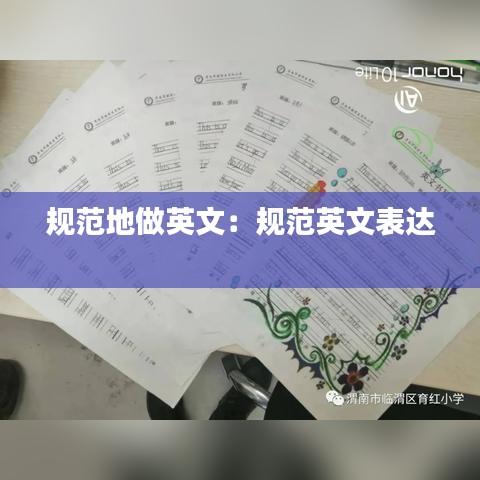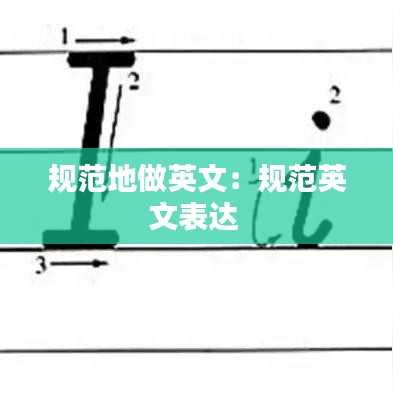Understanding the Importance of Proper English Usage
In the globalized world we live in today, the ability to communicate effectively in English is more crucial than ever. Whether it's for academic purposes, professional development, or personal growth, mastering the language requires not only a good command of vocabulary and grammar but also the ability to use it properly. Proper English usage is not just about following rules; it's about conveying your message clearly, respectfully, and accurately.
The Basics of Grammar
At the heart of proper English usage is a strong foundation in grammar. This includes understanding the rules of sentence structure, verb tenses, and punctuation. For instance, knowing when to use "I" and "me" correctly can prevent awkward sentences. Similarly, understanding the difference between "there," "their," and "they're" can save you from common mistakes that can confuse readers.
One of the most fundamental aspects of grammar is the structure of a sentence. A well-constructed sentence should have a clear subject and predicate. For example:
The cat sat on the mat.
This sentence follows the standard subject-verb-object (SVO) order, making it easy to understand. However, it's important to note that while the SVO order is common in English, other structures can also be effective, depending on the context and the desired effect.
Verb Tenses and Consistency
Using the correct verb tense is essential for clear communication. Verb tenses indicate the time when an action occurs, and using them incorrectly can lead to confusion. For instance, if you start a sentence in the past tense, it's important to maintain that tense throughout the sentence. Here's an example:
When I was a child, I loved reading books. My favorite book was "The Chronicles of Narnia."
In this example, the past tense is used consistently, making the timeline clear.
Punctuation: The Silent Communicator
Punctuation marks are often referred to as the silent communicators of the written language. They help to clarify meaning, separate ideas, and create a rhythm that makes reading more enjoyable. Proper punctuation includes using commas, periods, question marks, exclamation points, and other marks correctly. For example:
She asked, "What time is it?"
Here, the comma is used to set off the interjection "What time is it?" from the rest of the sentence, making it clear that it's a question.
Formal vs. Informal Language
Understanding the difference between formal and informal language is crucial for effective communication. Formal language is typically used in academic, professional, and formal written contexts, while informal language is more appropriate for casual conversations and social media. For instance:
Formal: The research indicates that the new policy has had a positive impact on employee morale.
Informal: The study shows that the new policy made the workers happier.
In the formal example, the language is more precise and formal, while the informal example is more conversational and relaxed.
Active Voice vs. Passive Voice
The choice between active and passive voice can greatly impact the clarity and tone of your writing. Active voice is direct and emphasizes the subject, while passive voice focuses on the action and can sometimes make sentences more complex and less direct. Here's an example:
Active: The committee approved the project.
Passive: The project was approved by the committee.
While both sentences convey the same information, the active voice is often preferred for its clarity and directness.
Spelling and Proofreading
Proper spelling and proofreading are essential for ensuring that your writing is free of errors. Spelling mistakes can undermine the credibility of your work and make it difficult for readers to understand your message. Regularly proofread your writing and consider using spelling and grammar checkers to catch any errors you might have missed.
Conclusion
Mastering proper English usage is a continuous process that requires practice and attention to detail. By understanding the basics of grammar, verb tenses, punctuation, and the difference between formal and informal language, you can communicate more effectively and make a better impression in both personal and professional settings. Remember, the goal of proper English usage is not just to follow rules but to convey your thoughts and ideas with clarity, respect, and precision.
转载请注明来自广州贝贝鲜花礼品网,本文标题:《规范地做英文:规范英文表达 》













 蜀ICP备2022005971号-1
蜀ICP备2022005971号-1
还没有评论,来说两句吧...